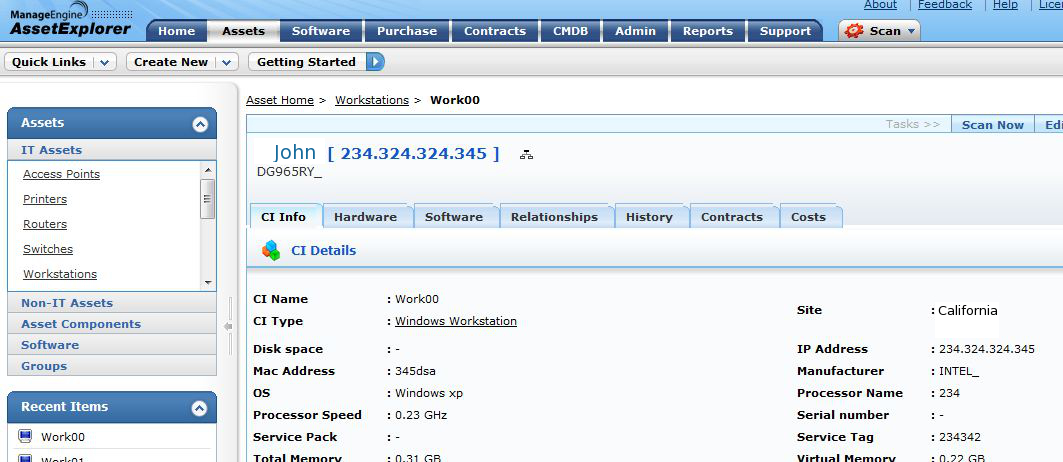
When considering what’s right for your organization, you need to consider the tools you have, budget, scope, and capacity. Some of these come as separate tools that can connect with each other, while others work as part of a larger platform. Many tools also include broader toolsets, such as network monitoring, server and application monitoring, and Wi-Fi scanning and optimization tools.
Windows server asset management software license#
Often, IT teams will need to troubleshoot issues for end users they may also need to look at inventories to assign another resource, check when a software license is going to expire, or determine if a piece of hardware is at the end of its life. Many pieces of software targeting ITAM have multiple primary functions, such as IT help desk support alongside asset management. ITAM is part of the larger process of IT service management (ITSM), which is the process of creating or designing, managing, delivering, and supporting IT services for the wider business.

This leads to better budgeting and greater financial accountability, which can help promote financial certainty within your organization. Finally, the data gained through ITAM processes can be used by finance and accounting teams to separate out project costs on a per-team basis, and to align the costs of IT assets to the services provided. When an audit or regulatory review comes up, ITAM tools and records can be used to show appropriate assets are in place to keep data secure, information security measures are functioning, and the business is expanding its capacity to promote stability, performance, and safety for key data. ITAM processes also play a role in compliance measures, including those for audit and regulatory requirements. In undertaking these measures, businesses can potentially reduce their hardware and software budgets, by removing unnecessary items or declining to renew an underperforming piece of software for the following year. You can also improve the utilization of your assets by keeping a close eye on what you have, looking at how everything is used, and upgrading or selling equipment when it makes sense to do so. With ITAM, you know whether you’re under or over capacity in terms of equipment based on your needs. Appropriately dealing with ITAM gives you visibility and proper control over IT assets, helping ensure IT team budgets stay within scope. Most ITAM software is designed around asset life cycles, including planning and acquisition, deployment, usage, maintenance or upgrades, and end-of-life decommissioning and retirement. IT equipment and licenses can be expensive, and ITAM is essentially the process of ensuring the IT team and its equipment are managed well and kept within a reasonable budget. It involves a complete and ongoing review of all the assets in a business’s inventory and decisions related to sourcing and use. IT asset management is fundamentally a business management practice. This recording used to be done manually using spreadsheets, but now tools and software programs can simplify this and get the job done faster and with less stress. Whether your business assets take the form of photocopiers and printers, company cars, or computer chairs, these things all need to be recorded as part of the procurement, facilities management, and accounting processes.

In recent years, IT asset management (ITAM) has grown to include software licenses and cloud subscriptions, so organizations can gain a complete overview of everything they own or have invested in as part of their IT infrastructure. Asset management in IT teams is mostly about keeping track of the physical hardware that comprises your infrastructure and keeping tabs on mobile devices and virtual machines.


 0 kommentar(er)
0 kommentar(er)
